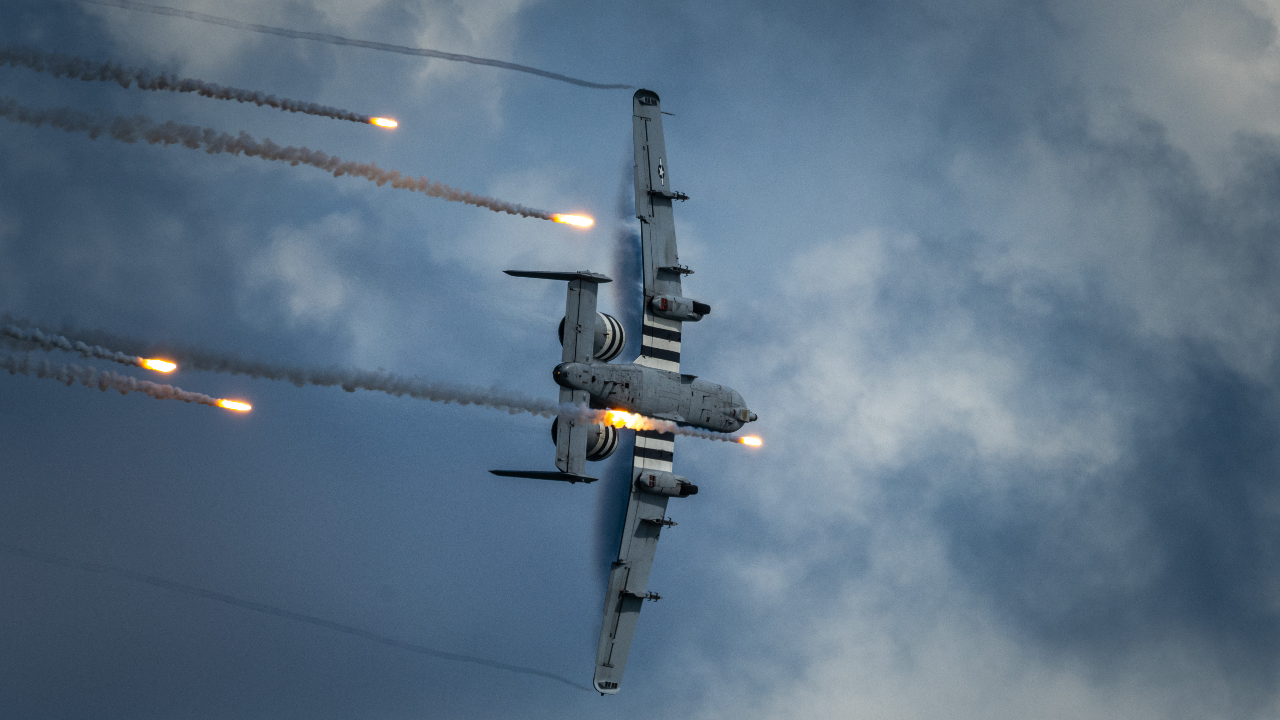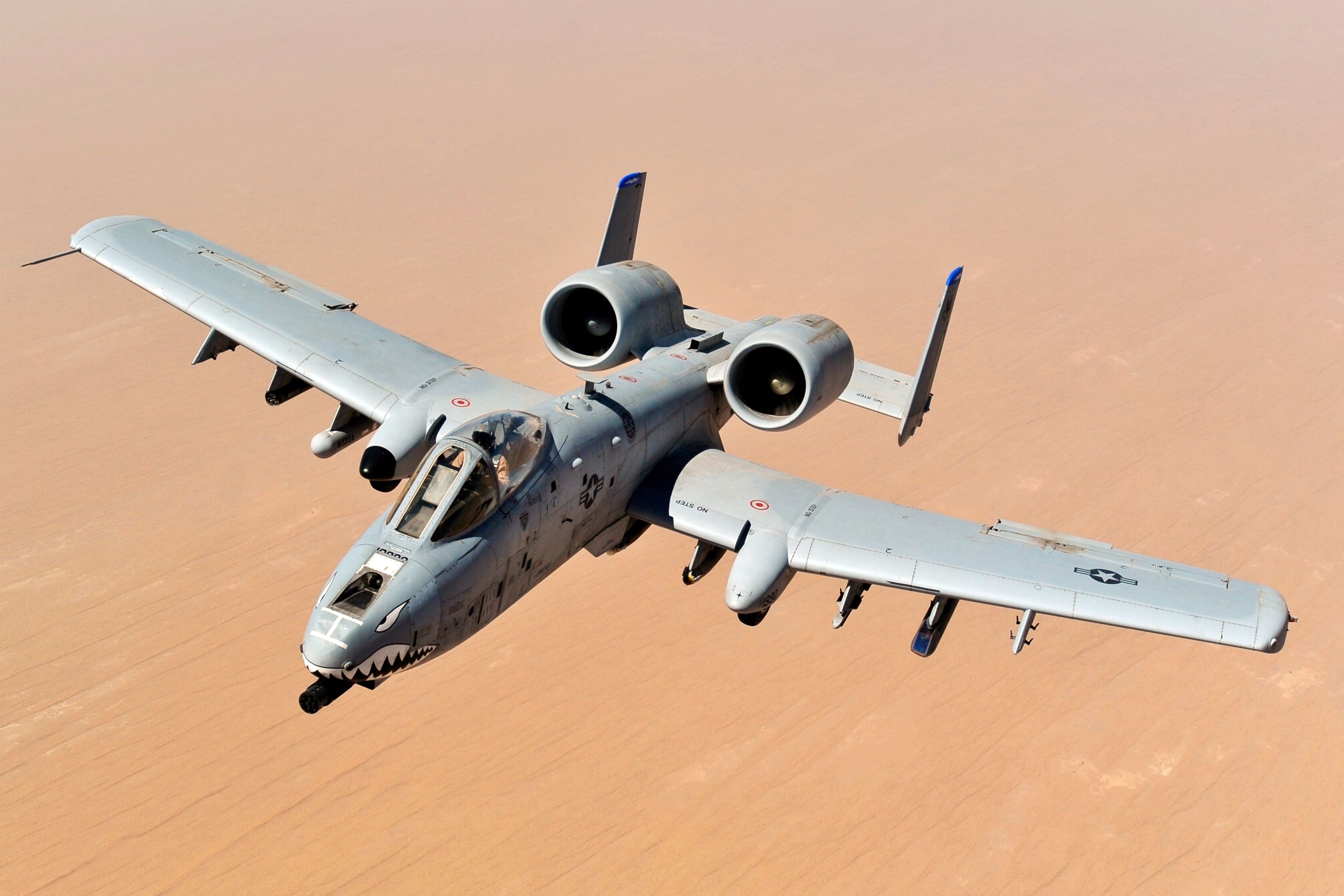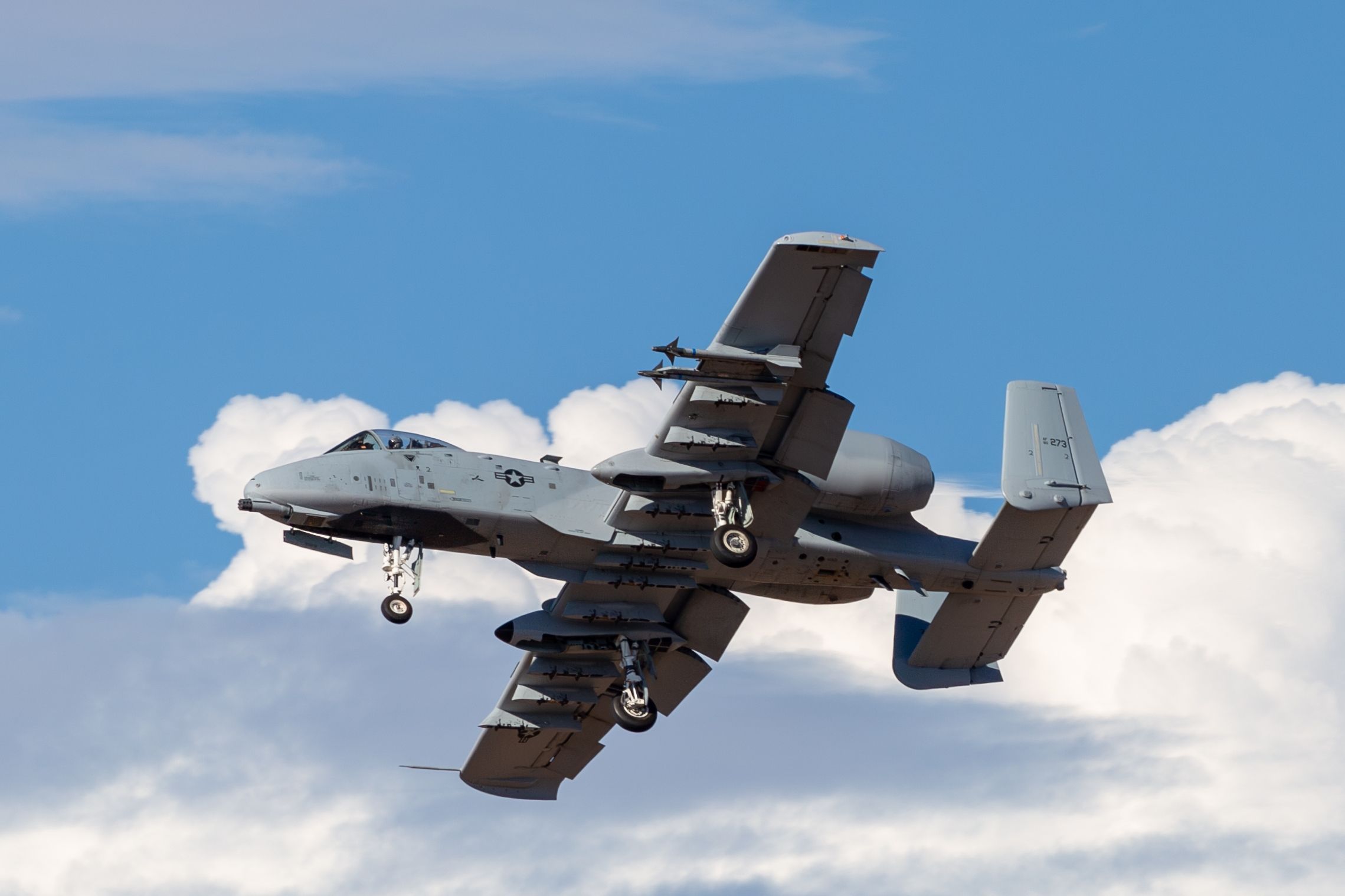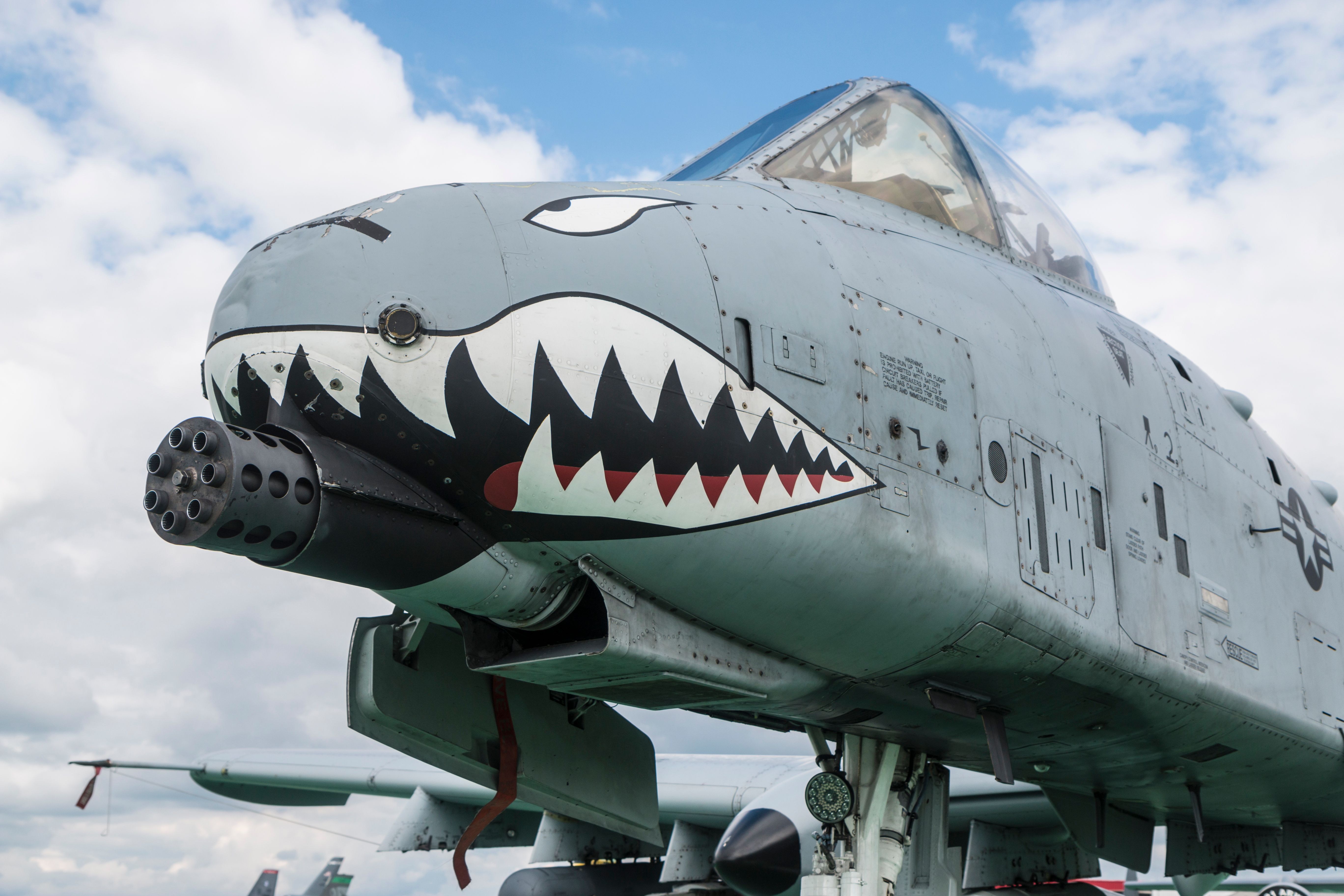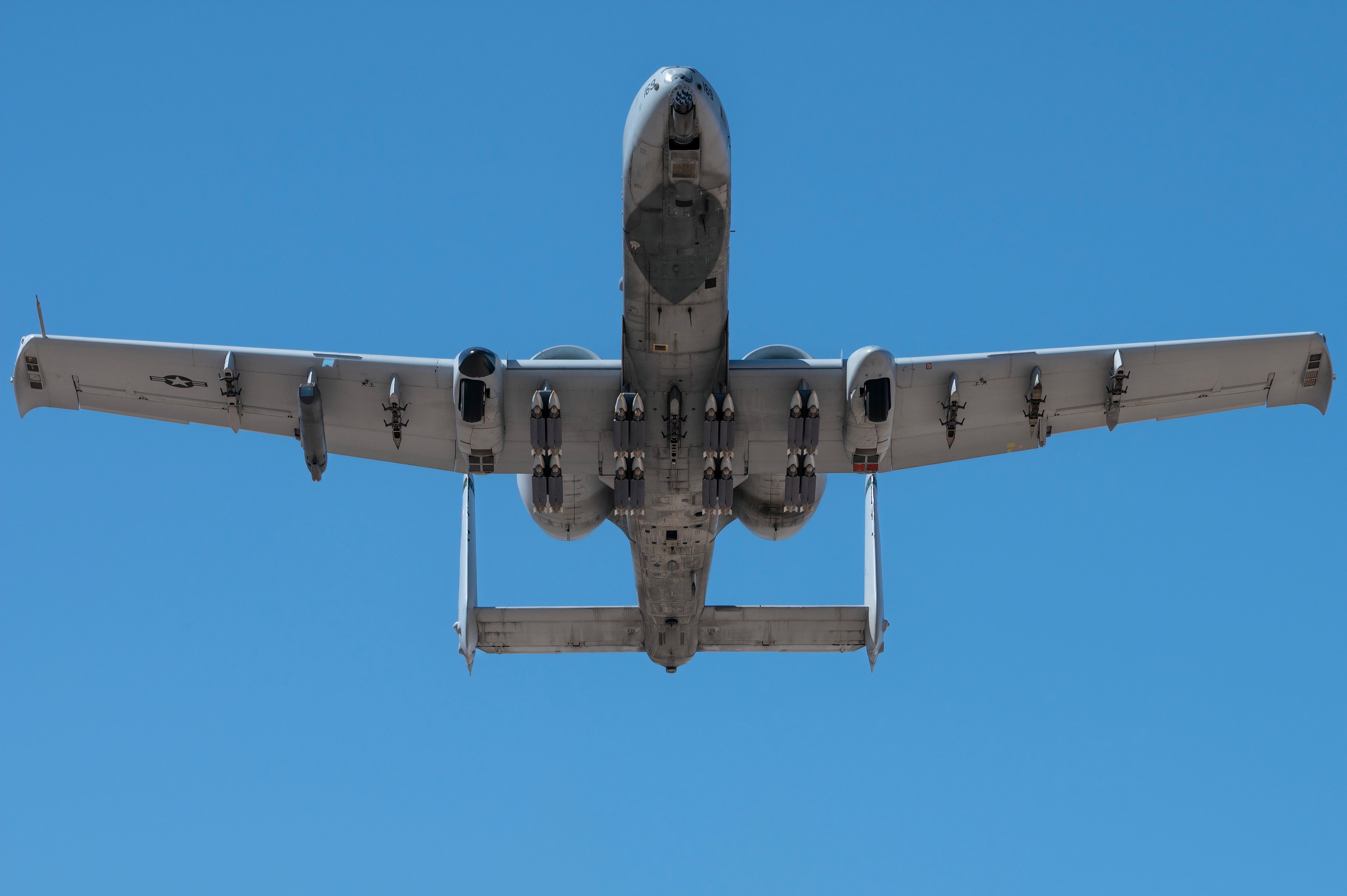Summary
- While the flight control actuators & brake valves require maintenance, the A-10 is somewhat straight forward to maintain
- A-10 mechanics train on flight line after tech school and maintenance training may be easier than F-16s
- A-10 autocannon is reliable, but it also uses missiles in combat
Simple Flying journalist, Aaron Spray, recently interviewed Mike Scanlon, a retired A-10 maintenance crew chief, about the maintenance aspects of the legendary A-10. The Fairchild Republic A-10 Thunderbolt II (aka Warthog) is one of the most iconic ground attack aircraft of the modern era, and Scanlon had plenty of good things to say about maintaining it after many years servicing them.
Few aircraft in the United States Air Force service are as loved and criticized as the Warthog. The US Air Force still has hundreds of A-10s in service, but the service hopes to retire them all by 2029. Of the 250 aircraft the Air Force asked to retire in Fiscal Year 2025, 56 of them were A-10s (Congress later greenlit the A-10 retirements but not some other aircraft like F-22 Raptors and F-15Es).
A-10 reliability & training
Simple Flying asked Scanlon about the reliability of the A-10 and which systems require the most maintenance. Scanlon noted, “The flight control actuators and brake valves constantly leak hydraulic fluid and would often need to be replaced. That said, there’s an allowable ‘drips per minute,’ which would sometimes freak out the new pilots.”
Photo: United States Air Force
While much is spoken of training pilots, the long train of maintainers needed for modern fighter jets is often overlooked. For every pilot, the Air Force needs to train many maintainers—and this can sometimes be more challenging than training the pilots. Some experts have suggested that sourcing and training the maintainers for its F-16s is a greater challenge for Ukraine than training the pilots.
Simple Flying asked Scanlon how long it typically takes to train mechanics to service the A-10 relative to other fighter jets like the F-16. Scanlon offered, “I believe A-10 tech school is a bit shorter than most other fighter aircraft, but the truth is, you don’t really learn anything useful until you hit the flight line.”

Related
Warthog: Why Is The A-10 Thunderbolt Still So Popular?
The Avenger rotary cannon is one of the most notable features of the aircraft.
The Warthog’s GAU-8/A Avenger autocannon
Perhaps the most famous part of the A-10 is its impressive General Electric seven-barrel Gatling-style autocannon called the GAU-8/A Avenger. Simple Flying asked Scanlon if the gun was very reliable and if it ever jammed. He replied succinctly, “The gun is incredibly reliable.”
Photo: Charles T. Peden | Shutterstock
The gun is incredibly reliable
Some critics of the A-10 claim that while the aircraft was built around its famous autocannon, the aircraft hasn’t actually used the gun that much in anger. Instead, it has carried out many of its ground attack missions using missiles. When asked if A-10 pilots used missiles more than the cannon in combat, Scanlon replied it was “an interesting question.”
He then added, “Perhaps when the A-10 was designed, the gun seemed like a great idea, but as missile technology improved and A-10 pilots became more comfortable using them, missiles became the primary weapon of choice.”
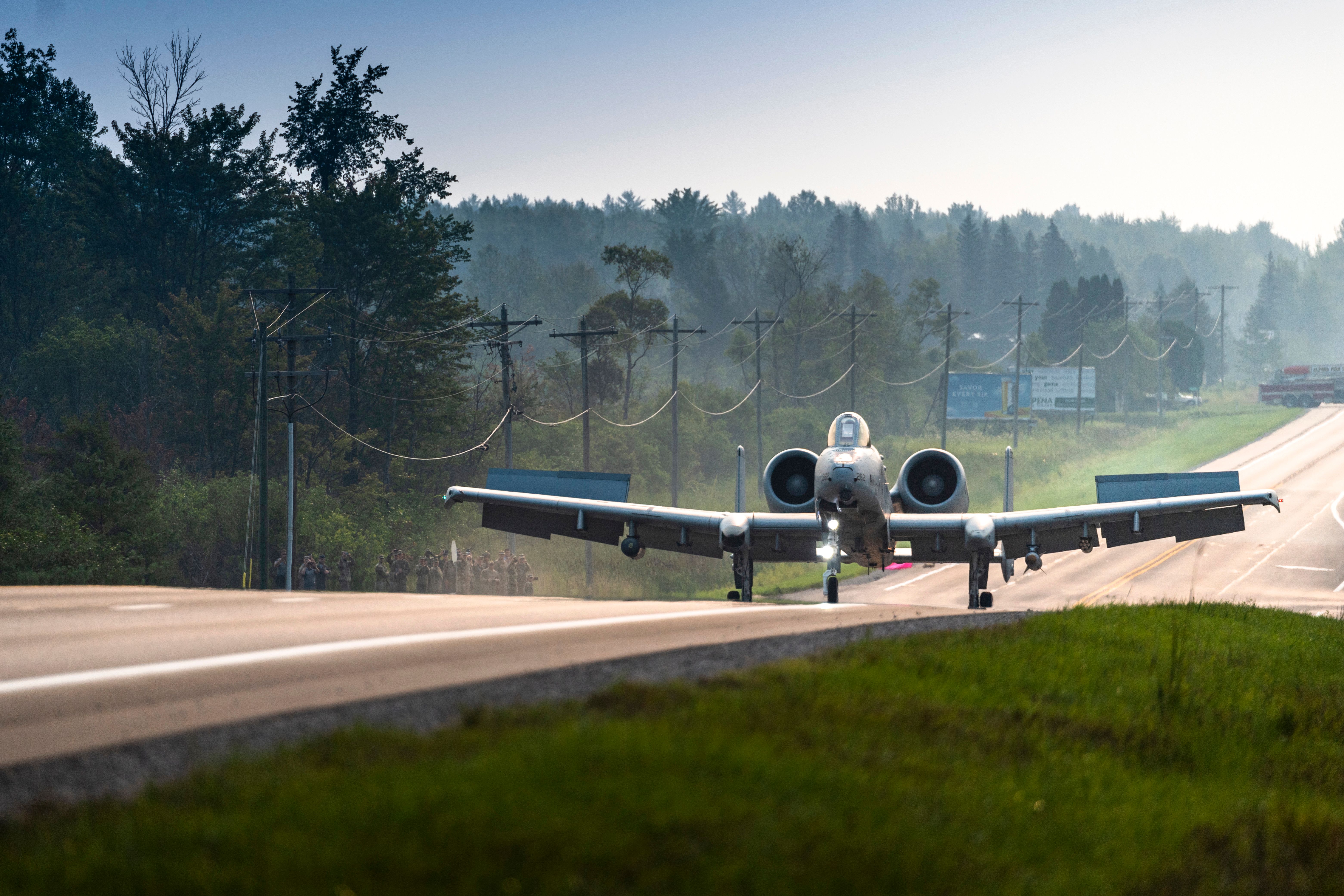 A-10s on shooting down Russian recon drones
A-10s on shooting down Russian recon drones
There has been some discussion if the A-10s would be useful in Ukraine to shoot down Russian reconnaissance and one-way attack drones behind the frontline out of range of Russia’s air defense systems. As the war has progressed Ukraine has found more innovative ways to shoot down the drones (shooting down masses of cheap drones with extensive and finite stocks of interceptor missiles isn’t a viable option).
Ukraine has recently been using Yak-52 trainer aircraft to machine-gun down Russian recon drones in engagements that are reminiscent of the dog fighters of World War II or even World War I. Some experts have even suggested Ukraine needs World War II-style fighter propeller monoplanes (like the Corsair) to shoot the slow drones down.
Photo: BlueBarronPhoto | Shutterstock
Simple Flying asked, “Would the A-10 be of any use in shooting down Russian drones (e.g., Shaded drones) behind the frontline?” As a mechanic crew chief and not a pilot, Scanlon stated, “I don’t have much to offer on that one.”
However, he did venture, “Those Shahed drones are awfully small, about an 8 foot wingspan? I suppose an A-10, flying low and slow would have a better shot at blasting them out of the sky as opposed to something like an F-16, F-15, etc. That said, hammering the drone launch site would be more effective, though riskier as well.”
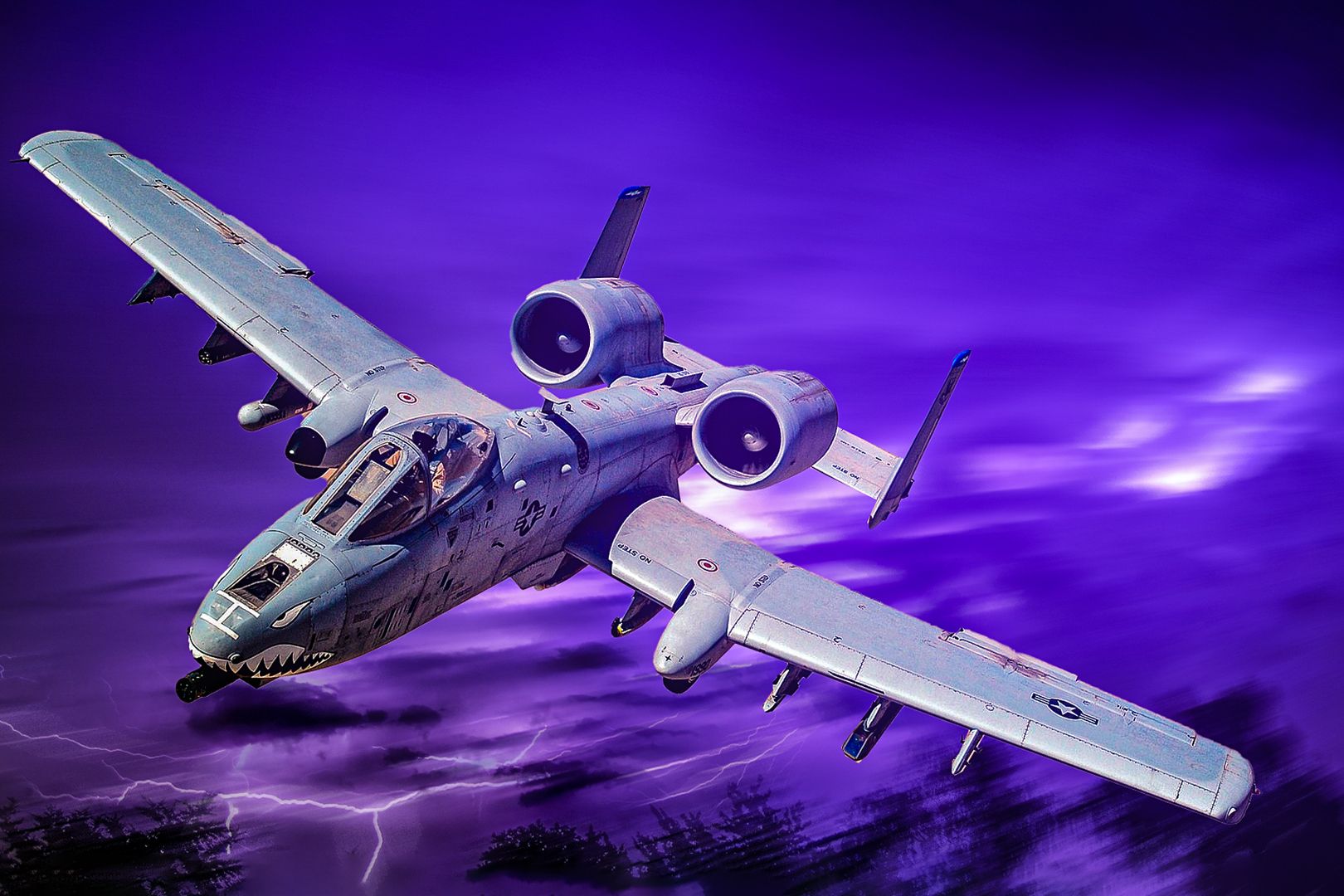
Related
Analysis: The A-10 Warthog’s Most Fearsome Strengths and Greatest Weaknesses
The A-10 is one of the most feared aircraft in the world, but could they be on the way out?
Maintenance and parts to keep the A-10 flying
It has recently been revealed that there is a mystery buyer for America’s retiring A-10s. Some have noted that it may be hard for an export country to develop the maintenance base and source the spare parts to keep them flying. Simple Flying asked Scanlon about the availability of spare parts for the A-10. He stated, “I don’t have much to offer regarding the overall picture of parts available for the A-10.”
He went on to elaborate that many A-10s are still in operation, and so there has to be a “kind of supply in terms of frequently replaced parts like actuators, check valves, hydraulic fittings, etc. During my time on the A-10, they honestly didn’t break much, but they will break down more and more with age, and I imagine parts will be increasingly hard to find.”
Mike Scanlon also stated that close air support is particularly valued by the US while noting that it appears to be becoming less important. He stated, “While the A-10 is perfect for close air support, I’m not sure other countries value that role as much as the U.S. In fact, it seems the U.S. doesn’t value that role as much as it used to, as A-10s are being phased out.”
In summary, while it seems the A-10’s days are likely to come to an end in the near future, it has enjoyed a great career as a reliable and versatile close-air support aircraft. While the A-10 may not be able to survive in a high-threat environment in a peer-on-peer conflict, it has enjoyed decades being loved by its pilots and mechanics as well as the ground troops it has defended alike.

